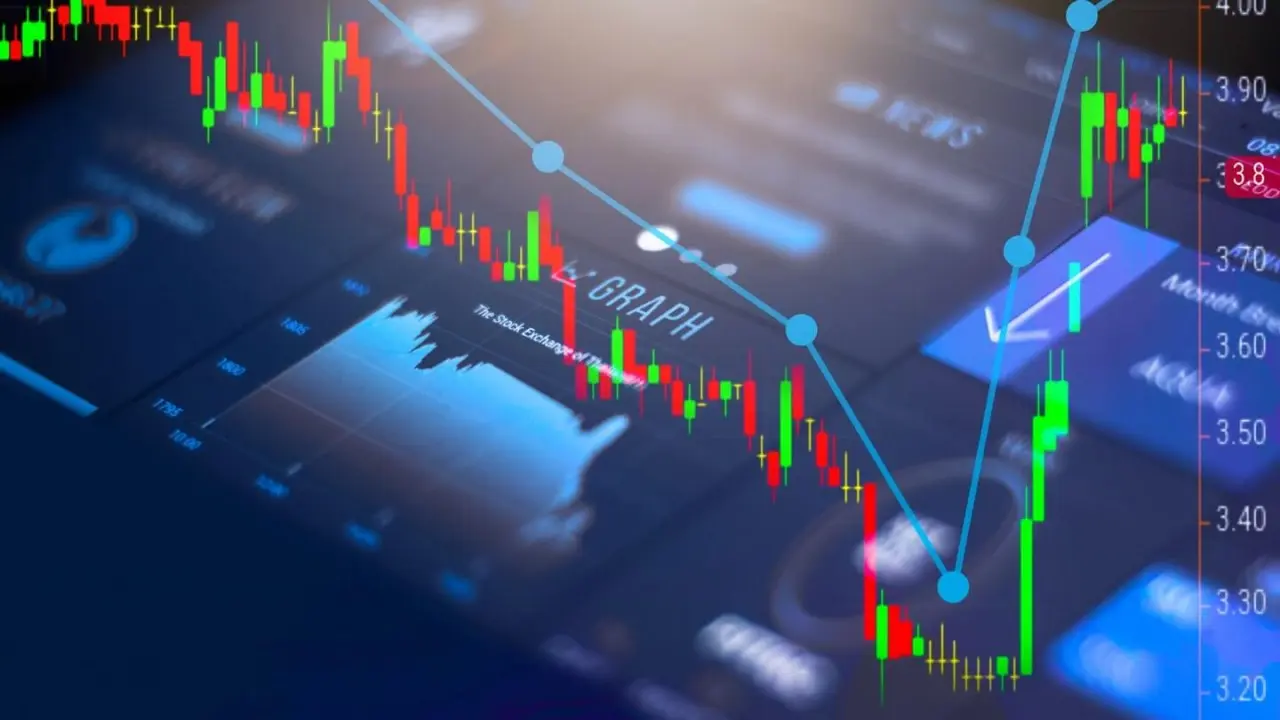Getting Started with Forex: A Step-by-Step Introduction
Getting Started with Forex: A Step-by-Step Introduction
Blog Article
Forex, small for the international exchange market, could be the global marketplace wherever currencies are traded. Having an normal day-to-day trading volume exceeding $6.6 trillion (BIS, 2019), it's the greatest and most fluid financial market in the world. For everyone seeking to enter the planet of trading or grow their expense account, understanding the fundamentals of Forex is essential. Here, we investigate the main element blocks that may pave how you can currency Forex Trading success.

What is Forex and How Does It Function?
At its key, Forex trading involves purchasing one currency while simultaneously offering another. These trades arise in pairs—referred to as currency pairs—such as for example EUR/USD (Euro to US Dollar) or GBP/JPY (British Lb to Western Yen). Currency values change predicated on facets such as geopolitical activities, financial information, fascination charges, and industry belief, making opportunities for traders to profit.
Forex works twenty four hours a day, five days weekly, across major financial locations in towns like London, Tokyo, and New York. Unlike traditional inventory exchanges, it lacks a centralized physical area, with trading done over-the-counter (OTC). That round-the-clock availability offers equally flexibility and distinctive problems for traders.
Key Concepts to Master in Forex Trading
1. Currency Sets and Pips
Understanding currency sets is central to Forex success. Important currency sets, such as the EUR/USD, range from the most-traded currencies internationally, while mix pairs exclude the US money, and unique sets signify emerging markets. Similarly, pips, which calculate value movements, help traders measure gains and losses.
2. Leverage and Profit
Forex trading frequently requires leverage, allowing traders to regulate greater levels of income with fairly little investments. For instance, a 1:100 control lets a trader control $100,000 with just $1,000 of capital. But, power increases both gets and risks. Margin, on another hand, may be the collateral necessary to open a leveraged trade.

3. Complex and Basic Evaluation
Successful Forex trading depends on a mix of these strategies. Complex analysis focuses on price charts, signals, and previous market behaviors, while essential evaluation evaluates macroeconomic facets like GDP, employment charges, and political stability to prediction currency movements. Report this page